By Orçun Göktürk Beijing (University of International Business and Economics)
US Health Secretary Alex Azar visited Taiwan in August last year. This was the highest diplomatic visit of a member of the US government to Taiwan in 40 years. While everyone expected Beijing to react strongly, more than that happened. Beijing first deployed its warplanes around the island of Taiwan, and then announced that military exercises were held at two separate ends of the island. After the US high-level visit to Taiwan, the Chinese People’s Liberation Army announced that live fire military exercises were being held at the north-south ends of the Taiwan Strait. In addition, it was stated that the forces trying to separate Taiwan from China had been warned and that “a big country” was constantly acting negatively around the Taiwan issue, meaning the USA. The People’s Liberation Army called the exercise “Fighting provocations, protecting national sovereignty and territorial integrity”. The message was essentially “we will fight” if necessary against US provocations over Taiwan, which Beijing considers part of China.
In the event of a conflict over the South China Sea or Taiwan Strait, Beijing said it will hold fast to their line “we will not be the first to shoot the first bullet, but we will also give the harshest response to attacks,” and the United States responded swiftly in turn. The US Air Force responded by announcing that nuclear-capable stealth bombers had been sent to the Diego Garcia military base in the Indian Ocean Region for the first time since 2016. Experts had interpreted the US using the Taiwan card against Beijing’s “One China” policy as pre-election Trumpism madness. However, despite the end of the US Presidential elections, the US continues to provoke Taiwan.
US Secretary of State Pompeo recently announced that the United States had lifted all restrictions on its relations with Taiwan. “Today I remove all the restrictions we have imposed on ourselves”. Pompeo also announced that Kelly Craft, the US Resident Representative to the United Nations, would soon visit Taiwan (Craft’s visit was canceled for non-political reasons).
HISTORY OF THE TAIWAN PROBLEM
The island, inhabited mostly by Chinese, was first under Japanese rule for many years with the invasion of Japanese imperialism in 1895. With the defeat of Japan in World War II, the island was again under Chinese rule 50 years later. In 1949, Chiang Kai-shek, in cooperation with the United States, fled to the island when he lost the civil war to the Chinese Communist Party. Thus, two republics emerged. The People’s Republic of China on the continent, and the Republic of China on the island of Taiwan. Both sides agreed that Taiwan and the mainland were part of one whole. The question was which “government” was at the center? For the Beijing administration, the Taiwan issue represented the last piece of China’s “century of humiliation”. After various crisis periods (such as the first and second Taiwan Strait crises, nuclear threats from the US, the deployment of the 7th Fleet in the Taiwan Strait, the Korean War, etc), diplomatic relations between the US and China began in 1971. At that point, the People’s Republic of China took its place in the United Nations representing all of China. Despite Mao’s proposal of “one country, two systems” in regard to the Taiwan issue, the problem remains uncertain in the international arena. The US’ continued arms sales to Taiwan’s administrations were seen by Beijing as steps against the “One China” policy. The Democratic Progressive Party is often accused by Beijing of treason and being a pawn of Washington.
TAIWAN’S FUTURE
The Trump administration’s rhetoric toward China, especially in 2020, has been remarkably similar to “Cold War” jargon. The idea that China and the Communist Party pose a threat to the free world (i.e. the imperialist system) were the official statements of Trump’s last year as president. The fact that US Secretary of State Pompeo is playing the Taiwan card again a few days before his term expires gives a few clues about Taiwan’s future. In fact, we can interpret the Western-backed “color revolution” attempt in Hong Kong and the Taiwan administration’s increasing turns toward the US the same way.
Today, the international order created by the imperialist system is changing radically. Recently, the US tried to block the investment agreement between the EU and China, but failed (Jake Sullivan, Biden’s national security adviser, issued a last-minute plea for the Europeans to hold off on signing the deal – at least until they had a chance to discuss it with the new administration. He was ignored.) The paradigm of the system, which Western ideologues call the Westphalian order(1), actually began with the Vienna negotiations of 1815, and is changing drastically today. Today, when someone in Taiwan or Hong Kong looks at the Chinese mainland, they don’t see China as poor and miserable like before. Even the metropolises of China, which are so developed they draw the world’s envy, shine brightly. The Shenzhen stock exchange is the largest stock exchange in the world today. The educational and cultural environment in Beijing or Shanghai is competing with its Western peers, and often excelling.
Of course, declining US hegemony will be decisive in solving the Taiwan problem, because at the root of the problem were the mostly pro-US governments from the Island’s first administration. The United States is also at the heart of the problem. Taiwan’s largest arms supplier is the US. The Democratic Progressive Party and President Tsai Ing-wen, who won presidential elections again in 2020, remain committed to American politics despite pressure from Beijing. The declining hegemony of the United States will only bring the people and administration of Taiwan closer to unification with China. The people of Taiwan, the country’s powerful bourgeoisie and the “One China” policy of the Chinese mainland are all important parameters. The United States has tried to delay a scenario where it is excluded in east Asian throughout the Trump administration. But the Asian countries that have signed the world’s largest trade agreement today (RCEP agreement) show us that China’s strategy is winning. It is more realistic today to expect that this changing international order will solve the problem of Taiwan, which has an important place in the US siege of the Pacific.
(1) The Peace of Westphalia was the agreement that ended the Thirty Years’s War in Europe in 1648. It is seen by historians as the emergence of diplomacy and nation-states in the modern sense. According to Henry Kissinger, Westphalia as the building block of the European order is not an imperial, dynastic or religious order, but a state. For many Western scholars and historians, Westphalia is more than just an agreement. Not only the Westerners, but also the Chinese People’s Liberation Army’s Deputy Chief of Staff, Qi Jiangguo, emphasized that one of the most important goals in the modern era is the principles of sovereignty and equality established with Westphalia.







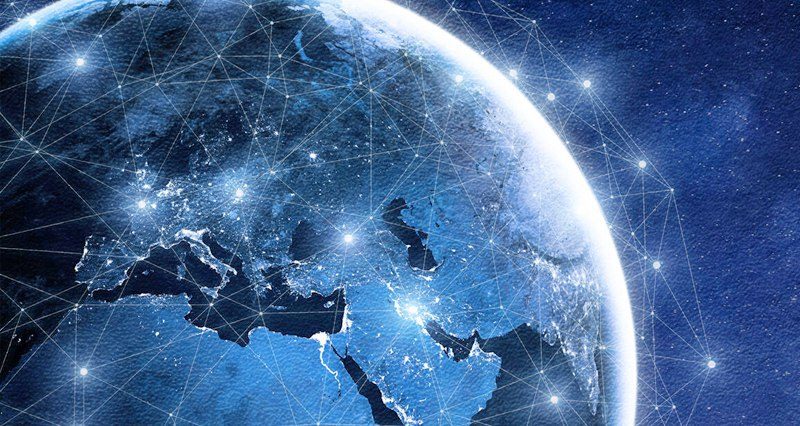
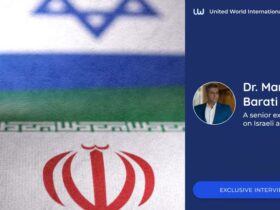
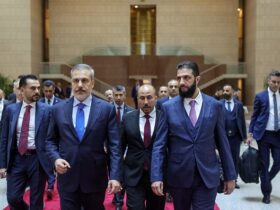



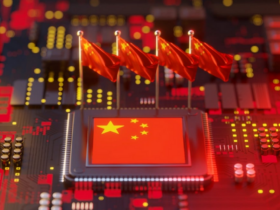
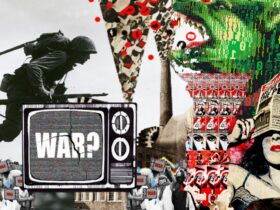


Leave a Reply